

Max Davies
4 Days Ago
A sobering reality: it can take more than 25,000 litres of water to extinguish an electric vehicle fire.

Contributor


Contributor
As electric vehicles (EVs) become more prevalent on our roads, with the potential to reach 50 per cent of new car sales by 2030 according to some studies, firefighters are grappling with the challenge of extinguishing battery fires.
Despite the growing number of EVs on the road, firefighters are still struggling to receive proper training on how to quickly and effectively put out EV fires.
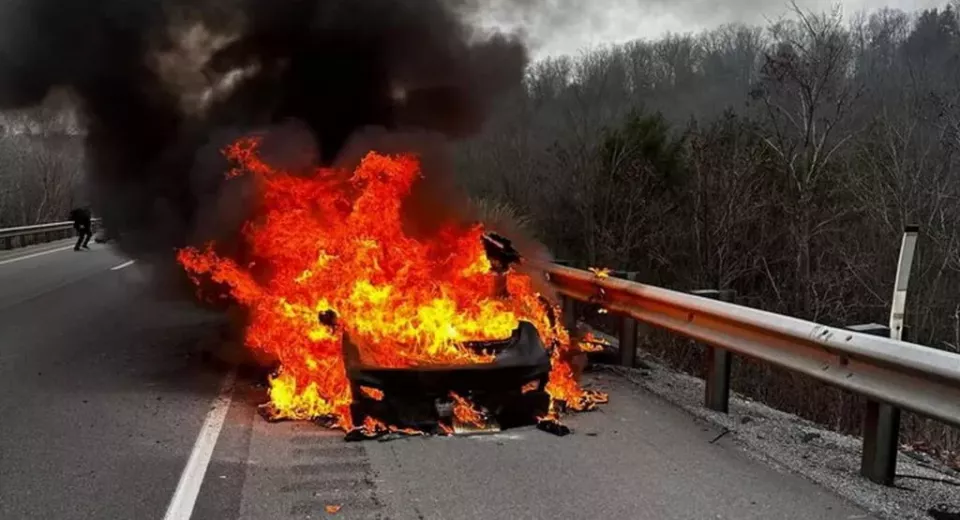
Unlike traditional gasoline-powered cars, electric vehicles require a different approach for extinguishing fires.
Conventional suppression methods that smother the fire with foam or a fire blanket are ineffective because the lithium-ion batteries powering EVs are capable of releasing their own oxygen in a phenomenon known as “thermal runaway”, effectively making the fire self-sustaining.
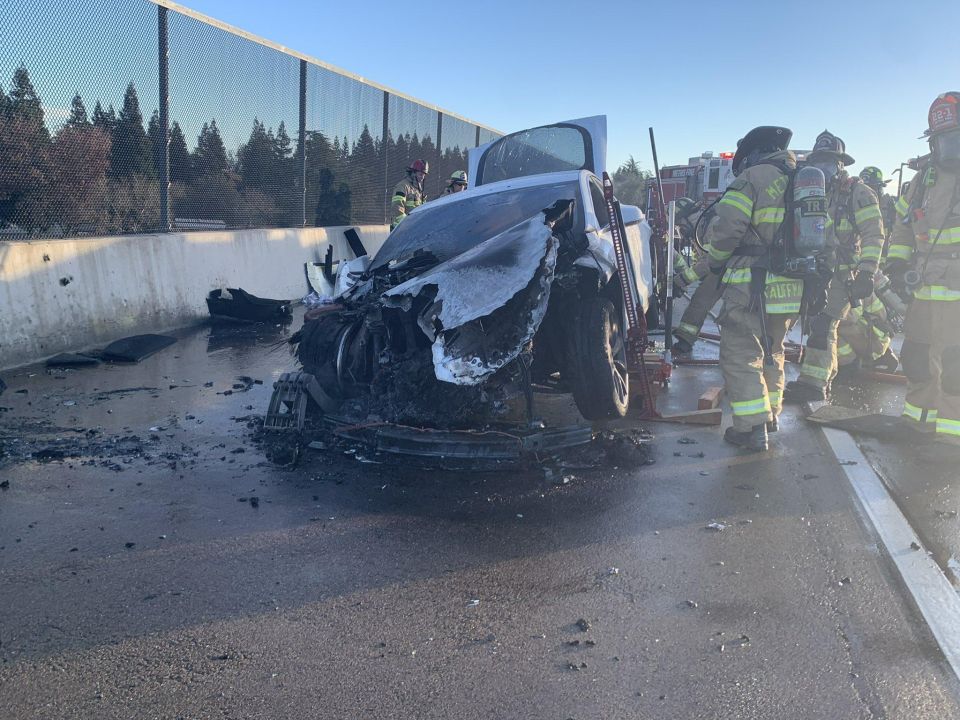
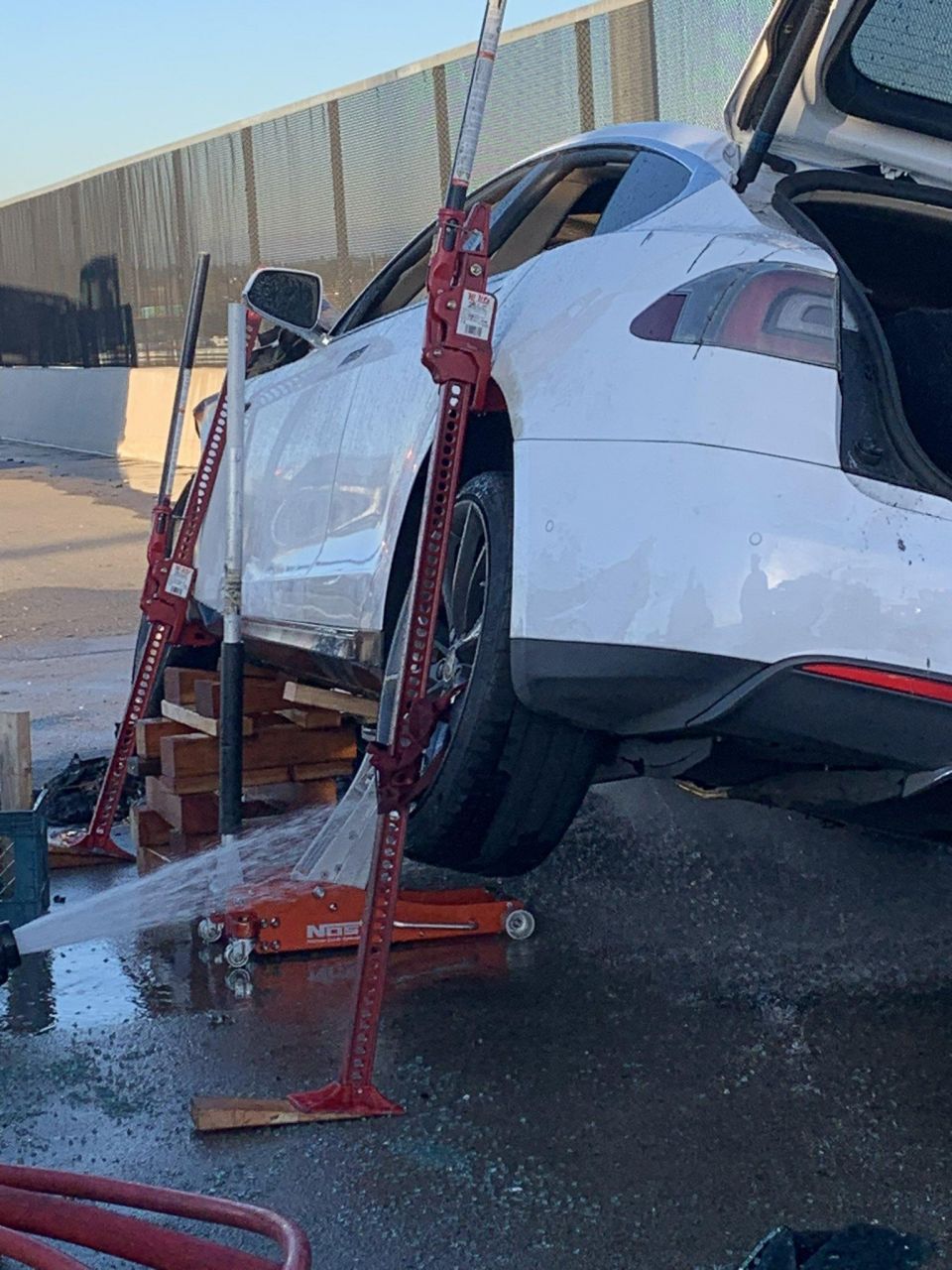
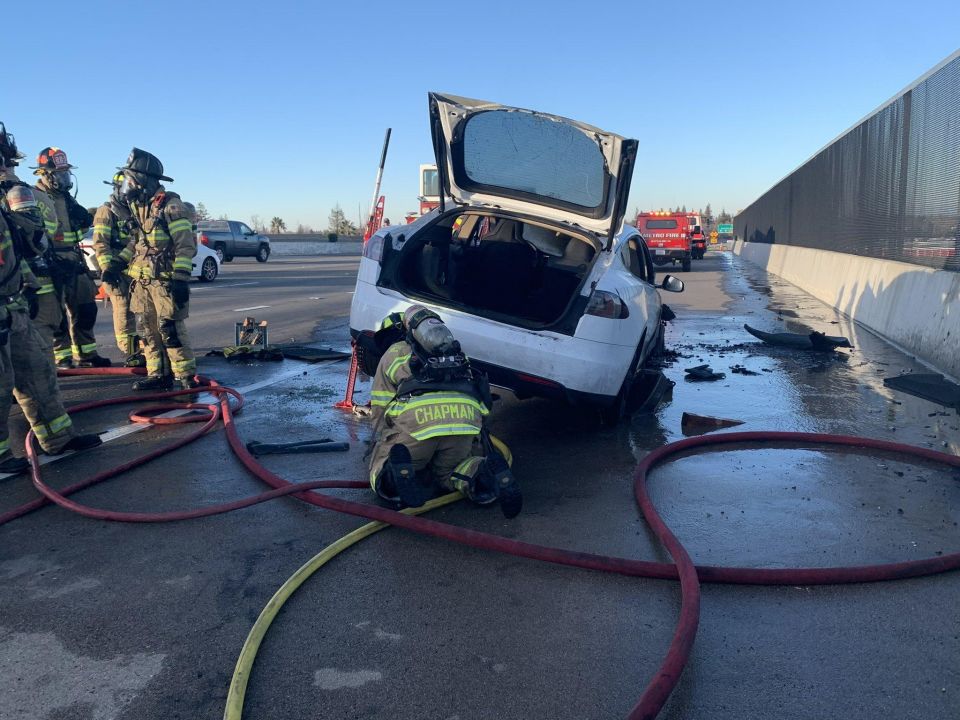
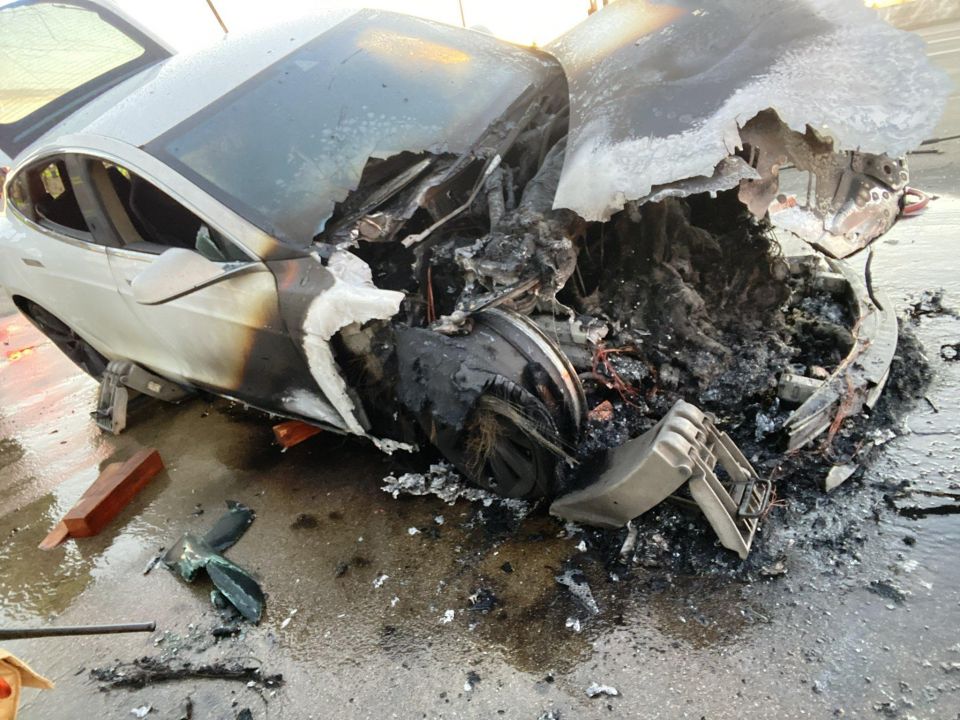
The most common solution (at present) to effectively put out an EV fire is to use lots of water to cool down the battery material, and starve it of oxygen by smothering it from atmospheric air.
When we say “lots of water“, there have been reports from fire departments that it’s not uncommon for an EV fire to take between 25,000 and 50,000 litres of water to extinguish. To put that into perspective, a petrol or diesel car fire tends to only take between 2000 and 4000 litres to extinguish.
This presents a new challenge for firefighters, especially in situations where hydrants may be far away or if local fire departments have limited resources.

The dangers posed by EV fires do not end with putting out the flames, as there have been cases of EV fires reigniting sometimes even days after being extinguished.
Tesla has been involved in incidents where its electric door handles allegedly didn’t activate during a car fire, which is subject to a lawsuit. In another incident, occupants of the vehicle said they needed to kick the glass out to escape after the battery pack began smoking, disconnecting the electronic door locks.
Even Tesla’s own manual on firefighting is vague on how to effectively tackle this issue.
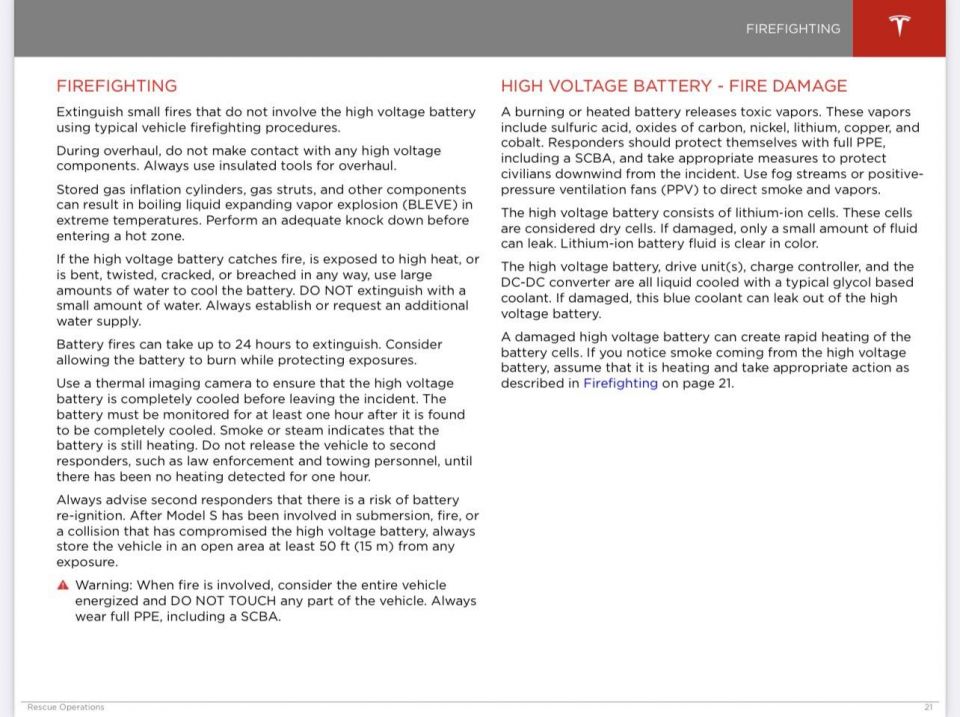
Some countries employ a technique where the ignited EV is picked up by a crane and dumped into large containers of water.
However if the fire is already raging out of control, this still presents the problem of getting close enough to utilise this method.
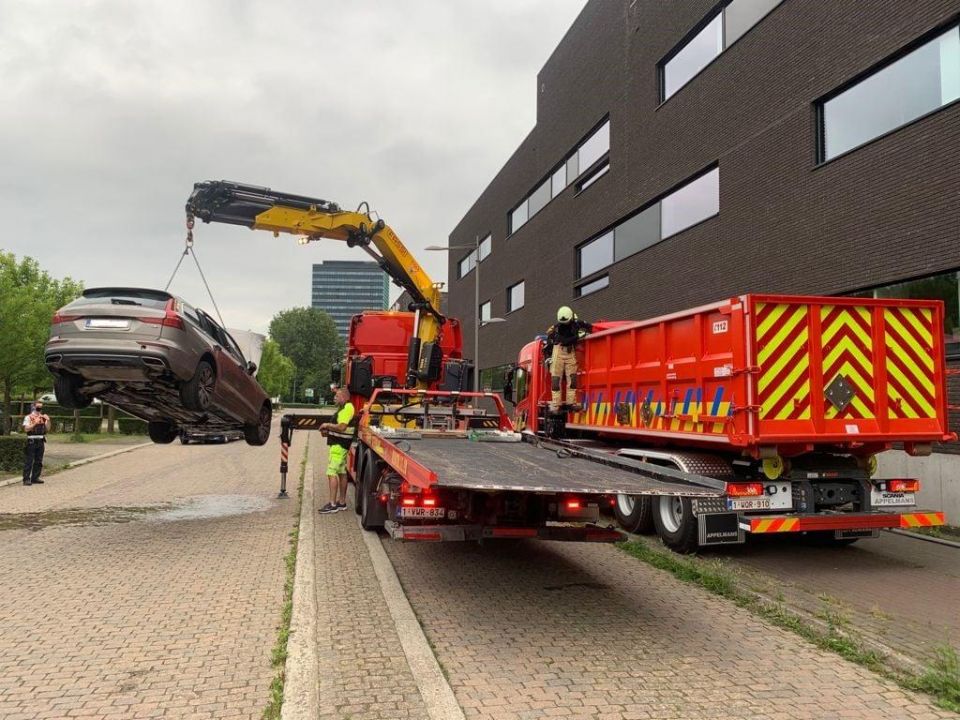
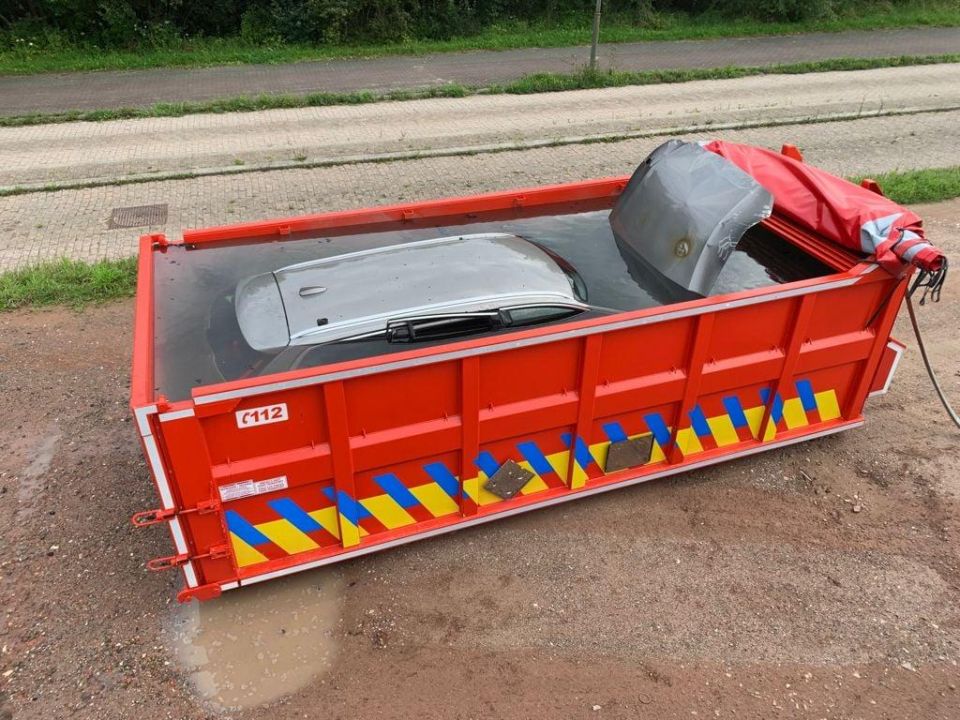
The pressing need for proper training and the development of more effective measures to combat EV fires cannot be overstated.
Vox recently did a more in-depth look at the issue, which can be read in full here.
Mark Trueno is a CarExpert Contributor.


Max Davies
4 Days Ago


Max Davies
4 Days Ago


Josh Nevett
4 Days Ago


Matt Campbell
3 Days Ago


Angus MacKenzie
2 Days Ago


William Stopford
1 Day Ago